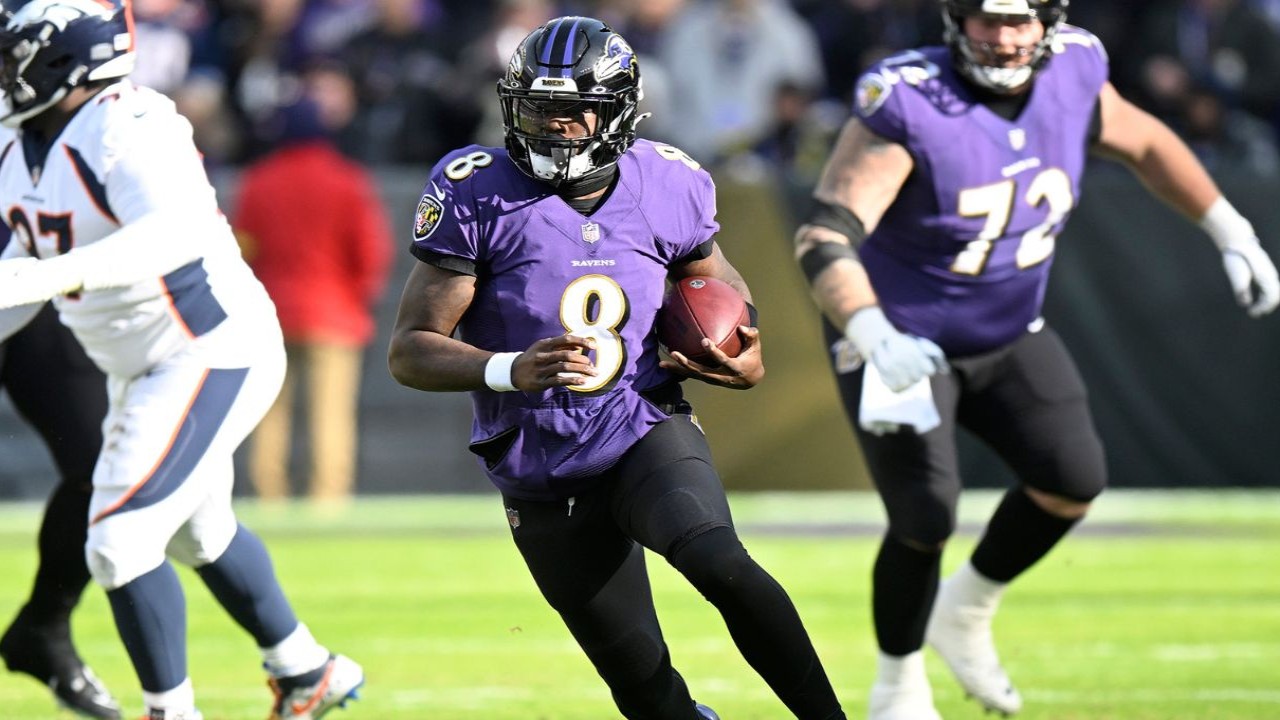Why did Baltimore change their name from Browns to Ravens? Reason explained
Uncover why Baltimore changed from Browns to Ravens in this captivating exploration of the franchise's transformation

In the dynamic world of professional sports, team names bear significant historical weight, encapsulating a city's identity. The Baltimore Ravens, a prominent NFL team, underwent a transformative shift in the 1990s, evolving from the Baltimore Browns. This change is more than a surface adjustment; it's a pivotal moment shaped by a complex web of events and decisions. But why did Baltimore make this identity-altering move? Join us as we delve into the intriguing story behind the name change.
Why Baltimore Changed: From Browns to Ravens
The genesis of the Ravens can be traced back to the relocation decision made by Art Modell, the Cleveland Browns owner. With various challenges in Cleveland, such as an aging stadium and financial struggles, Modell opted for a new beginning and improved opportunities for his team. In 1996, he agreed with the city of Baltimore to move the historic franchise. As part of the deal, Cleveland retained the Browns' name, history, and colors for a potential replacement team, resulting in the birth of the newly renamed Ravens.
Modell, recognizing the hurdles in Cleveland, made the controversial choice to shift the Browns to Baltimore for a brighter future. Although this decision was met with resistance and disappointment in Cleveland, it set the stage for establishing the Baltimore Ravens.
A New Beginning: Choosing the Name Ravens
Upon relocating to Baltimore, the franchise established a new identity that would resonate with the city's residents and forge a unique legacy. The name "Ravens" was ultimately chosen through a rigorous selection process that involved input from fans and community leaders.
The name carries significant symbolism for the city, drawing inspiration from the famous poem "The Raven" by Edgar Allan Poe, who spent much of his life in Baltimore. Poe's literary contributions and his connection to the city made the name a fitting choice, symbolizing both the franchise's rebirth and the rich cultural history of Baltimore.
Furthermore, the raven is a bird with intelligence, adaptability, and mystique. These qualities align with the aspirations of a new NFL franchise looking to establish itself as a formidable presence on the field.
The Ravens, led by linebacker Ray Lewis, established themselves as a defensive powerhouse. In 2000, with the league's top-ranked defense, they won 12 games, clinched a Super Bowl victory, and featured standout players like Jonathan Ogden, Shannon Sharpe, and Rod Woodson. Throughout the 2000s, the Ravens made the playoffs six times in ten seasons.
In 2011, they won a division title and reached an AFC championship game, narrowly losing. The following season, they avenged the loss, securing their second Super Bowl against the San Francisco 49ers.
The team's playoff streak ended in 2013, but they returned the next year, upsetting the Steelers. Injuries led to a 5–11 record in 2015, but they rebounded in 2016 with an 8–8 finish. After capturing a division title in 2018, the Ravens, led by quarterback Lamar Jackson, set an NFL rushing record in 2019 with a franchise-best 14–2 record.
Despite this success, they suffered a surprising playoff defeat in the opening game to the Tennessee Titans with a 9–7 regular-season record.
Also read: Who is George Halas and why is the NFC Championship Trophy named after him?





 JOIN OUR WHATSAPP CHANNEL
JOIN OUR WHATSAPP CHANNEL





































































































